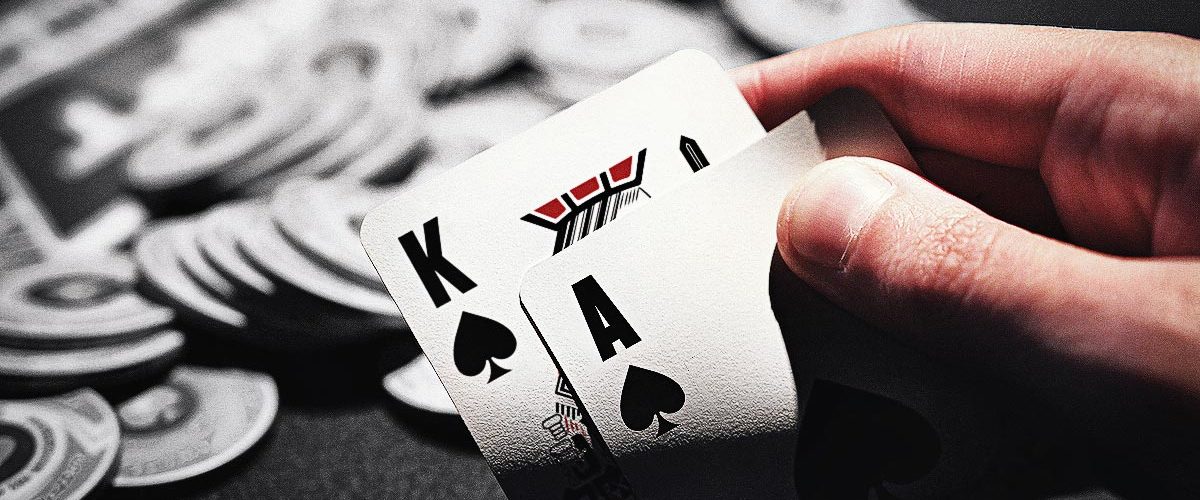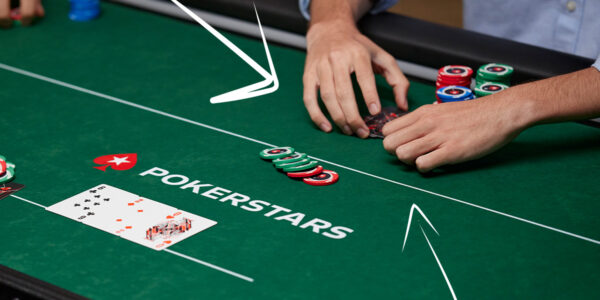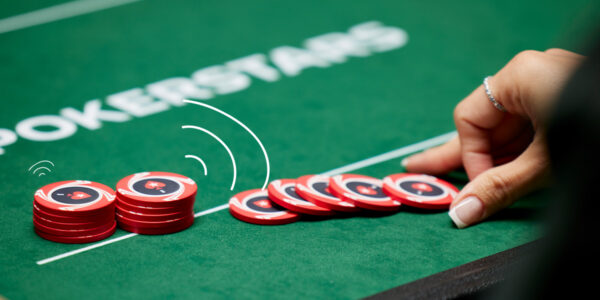Playing Against an In-Position Cold Call
First, let’s get the basics out of the way.
What is a Cold Call in Poker?
Cold-calling means to call a raise when you have not invested a bet or a blind. Perhaps the Button calls the Cut Off’s open-raise, or the Cut Off calls against the UTG raise. These are both cold calls.
What Does It Mean For Us?
When our opponents do this, they are supposed to have a very condensed range, meaning that they are very selective about what hands are good enough to enter the pot with.
This makes sense because we have already advertised that we have a playable hand with our raise. For our opponent to get involved – without the discount of being in the big blind – they need to have something more playable than our average hand. Therefore, against solid players, when we get cold-called by someone who has position on us, we are usually taking the worst of it on the flop. Let me explain how.


The Outlook on the Flop
Take an innocuous flop such as 5♥ 5♠ 2♣ in a CO vs BU, cash game spot.
This board usually misses both players’ unpaired hands and is quite generous to their pocket pairs. Who do you think has a pocket pair the most often? That’s right, our opponent, the BU cold-caller does.
While both players will reach this flop with hands like 66-JJ, Villain will hold these with a much greater concentration. The problem for us, the CO raiser, is that we were opening somewhere between 25% and 30% of starting hands and the pairs we do have are heavily diluted by unpaired junk. For example, while there are only 6 combinations of a big pocket pair like QQ, there are 16 combinations of JT. When you consider that each unpaired hand is nearly three times more abundant in our range than our pocket pairs, it is easy to see why we are underdogs from a range vs. range perspective.
The fact that we can have the big overpairs and they can’t gives us a monopoly on the very best hands, but these just aren’t a very relevant part of our range. Villain will hold medium pairs like 66-TT so often here that they are the substantial favourite. What does this mean?
When You Are Usually Behind, Check Often
The hands in your range need to work as a unit against tough player.
For example, when we are in the Big Blind we often check all of our hands to our opponent, even the nutted ones. Such a check is known as a procedural check as we are all very accustomed to waiting for the pre-flop raiser to bet first.
In this sense, the weak hands are protected by the stronger ones which also check. The reason we check everything is not because of some magical power that pre-flop raisers have, but because our range is weaker than theirs.
When we get cold-called by a tight in-position range, the picture is no different – we should start off by checking everything. This limits the amount of money your weaker range has to commit against Villain’s stronger range.
Won’t I Miss Value by Checking Everything?
No. At least, not against an aware player.
When you check to Villain on a low board like this CO vs. BU, they should understand that their medium pairs, which are very often the best hand, need a lot of protection.
These hands are incentivized to bet very frequently when checked to because, as the CO, we are often checking air that has overcards to their pair. Therefore, when we have been lucky enough to hold A5s (trips) or just have a powerful overpair, we will be able to choose between check/calling and check/raising Villain’s frequent bets.
If Villain does check behind, we can always incorporate a very large bet into our turn leading strategy, making up for lost ground in terms of building the pot.
Moreover, when we check our strong hands out of position, we sometimes induce bluffs from hands that could have simply folded had we c-bet.
Against, overly passive players, however, you might want to adopt an unbalanced exploitative strategy of betting your value hands on the flop and delayed c-betting your bluffs. This way when you have air, you get to see whether your transparent opponent likes their hand before risking a bluff. When you have a value hand, you get to stop them from checking behind.
What About Players Who Cold Call Too Wide?
There are two types of players who cold-call too many hands: there are passive ones and aggressive ones.
When Villain flats many more hands than is advisable BU vs. CO, we are no longer at such a disadvantage range vs. range. This means that it becomes less important to limit the pot size and more viable to pick up the c-betting again.
However, there are a few exploitative considerations here.
Against passive players, simply build the pot for value and bet your big hands and more promising draws larger. For example, vs. a placid opponent, on a flop like K♠ 10♠ 6♥ , you might want to size up with your 66 and QJ and bet a bit smaller with weaker bluffs like AJ. This is an exploitative strategy, but you should get away with it against someone who is just looking at their hand and the board.
On the other hand, if the in-position caller is very aggressive then checking first with everything is a viable approach. We can induce some very out of line bluffs and random bets from medium strength hands that a stronger player would know better than to make. I will often check my 66 (bottom set) vs. such an opponent and go for a check/raise. This guy ends up putting in two bets with Tx on the flop, whereas a strong player would have simply checked behind.
Conclusion
It is very easy to fall victim to the trap of betting a lot when you are the pre-flop raiser. The aim of this article has been to help you see that it is mainly against the big blind, who calls with a very weak range, that pre-flop raisers have a big advantage and want to do a lot of betting. Against a more condensed range, it is advisable to check a lot more hands, but this does not have to ruin your ability to get value.











